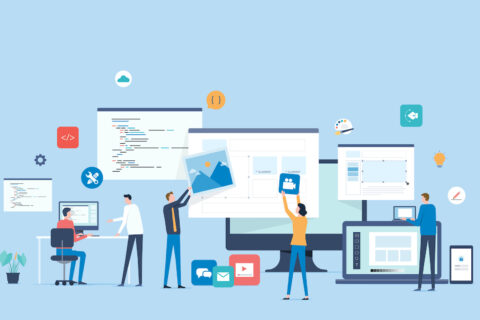
When a brown bear catches a salmon, it doesn’t simply devour it; it picks it apart for the most nutritious cuts. Just like a bear, as a business owner you can’t stop at the data-gathering stage. To feed your company with meaningful data, you must refine and process it to extract the meatiest bits. In short, you need to turn data collection into data action.
Business leaders no longer struggle with data collection and storage. Virtually anyone can access cloud software and collection methods without breaking the bank. The real challenge lies in tying raw information to your infrastructure.
But according to a study by Accenture and General Electric, 89 percent of executives see big data analytics as the make-or-break point for startups, yet few take action based on data. By failing to incorporate a data analytics strategy, you risk losing market share and momentum.
As an entrepreneur, the odds are undeniably against you. When one small misstep could spell disaster for your startup, you can’t afford to ignore data infrastructure. Data-driven decision-making is informed, confident, and factual and allows you to make decisions using your head, not just your instincts.
[hr]
“More accurate analyses may lead to more confident decision making. And better decisions can mean greater operational efficiencies, cost reductions and reduced risk.” (Source: SAS)
[hr]
To stand a fighting chance at survival, you must learn from data and take action quickly and sensibly. Here’s how to turn your data into actionable steps:
-
Inventory Internal Data
The first step is recognizing all your data sources internally and ensuring you have access to both structured and unstructured data. You might already be collecting useful data as a byproduct of another process, such as the volume of downloads you receive at particular times of the day.
By connecting metrics to your wild internal data, you’ll start to glean trends and warning signs that will point you to the right action steps. For example, trends could show signs that an employee isn’t hitting the mark or should be rewarded for her outstanding performance.
-
Approach Data as a Driver of Innovation
To start turning your data collection into action, think of your data in terms of innovation opportunities. Look at consumer behavior trends alongside your product list, and it should become clear when something is amiss.
For example, you might need to discontinue a product if you notice a lack of interest or it’s inconsistent with your target demographic. Using that information, you can quickly start improving your services and product offering and be confident you’re making well-informed decisions.
© YFS Magazine. All Rights Reserved. Copying prohibited. All material is protected by U.S. and international copyright laws. Unauthorized reproduction or distribution of this material is prohibited. Sharing of this material under Attribution-NonCommercial-NoDerivatives 4.0 International terms, listed here, is permitted.













